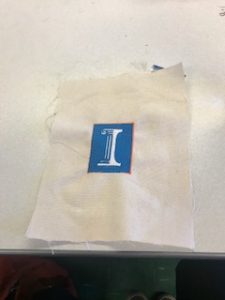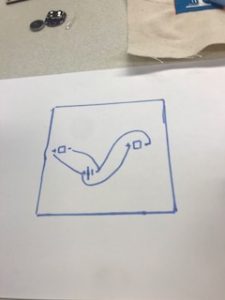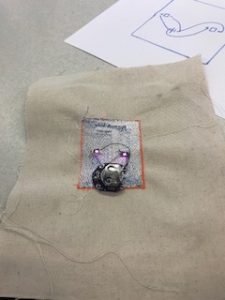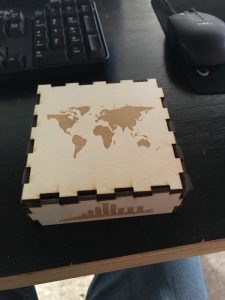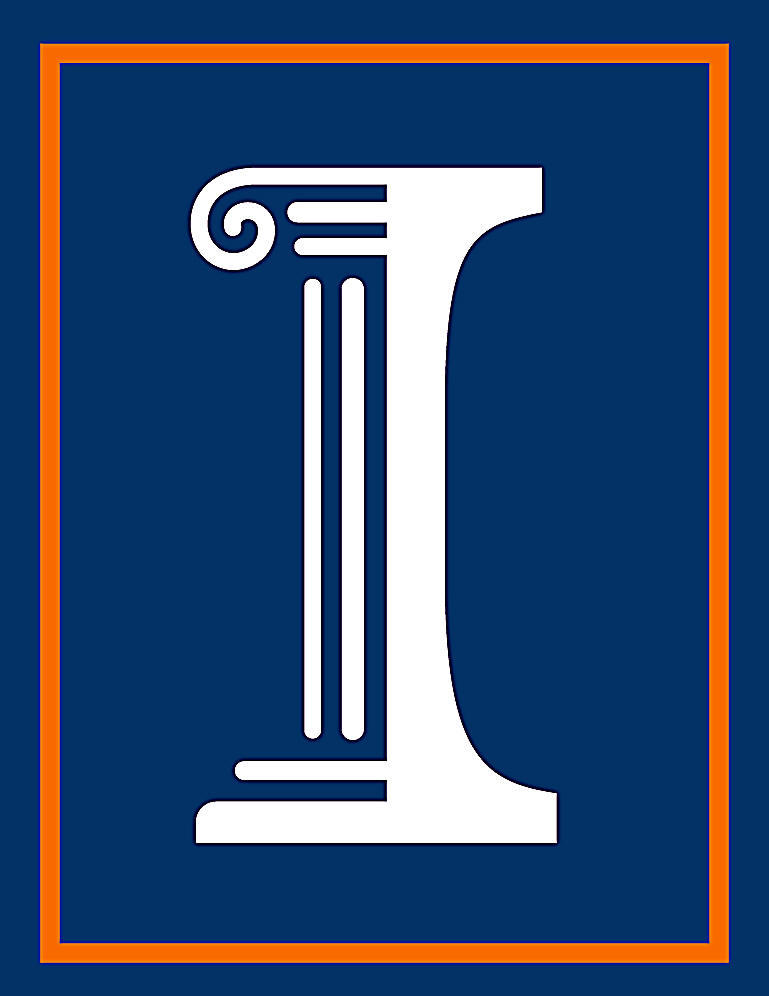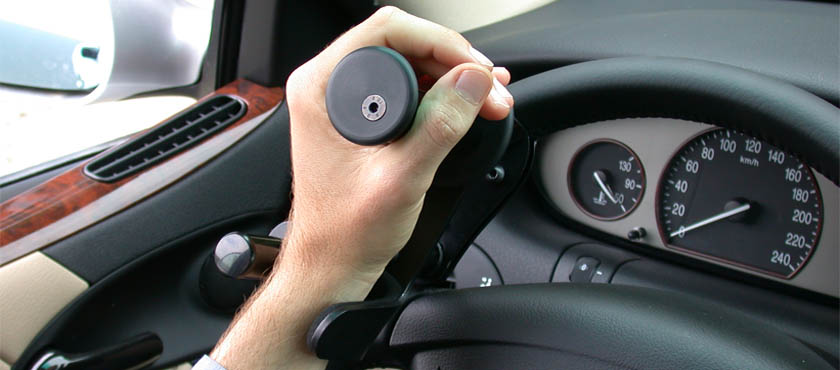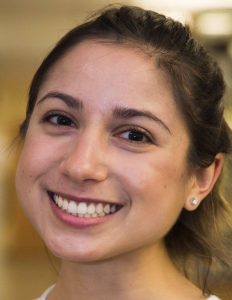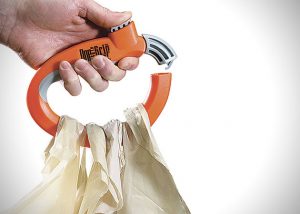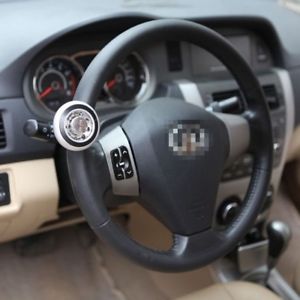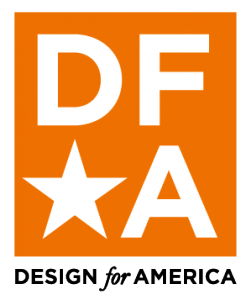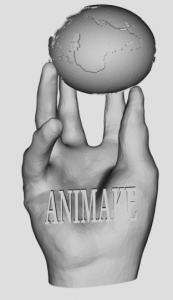Hi everyone!
With this being my last reflection for this summer, I want to say that it has been a pleasure working with all of you throughout the semester. Having the opportunity to interact with students and faculty in various making spaces has encouraged and inspired me to adopt a “making” mindset in all things I do now. I am grateful and thankful to have taken this class during my final semester here at the University of Illinois.
Below are my final thoughts regarding my experiences and takeaways from taking this course.
My Expectations
When I first entered this course, I had no idea what to expect. My knowledge of 3D printing was very limited, and I had no prior experience with 3D printing. My first real experience with 3D printing occurred during my sophomore year when I went on a trip to Argentina to study the effects of subsistence marketing. During that trip, I sat in on a presentation from a professor to Argentinian high school students on the benefits of 3D printing. Since that trip, I have been absolutely absolutely fascinated by the applications of 3D printing which is what led me to enroll in this course.
After the first day of class, I was most excited to learn about the various design software and to create tangible products with 3D printing. Looking back at everything now, I can definitely say that my expectations were met. Through this class, I learned how to utilize two new types of software, became more familiar with resources at the Makerlab and the Fablab, and collaborated with two other students to design and create 3 prototypes for a final project.
Additionally, I was blown away by the size and communal environment of the maker community. The people I have met at the Fablab and the Makerlab are all innovators and creators who are more than willing to help others with their endeavors. The tightknit community I was exposed to these past few months was something very inspiring to see.
Speakers
For me, the most impactful speakers this semester were Jeff Ginger and Arielle Rausin. I’ve had the opportunity to work closely on a few entrepreneurial projects during my time here at Illinois, so I really enjoyed hearing about all the resources at the Fablab and Arielle’s business. Here is my post about Arielle Rausin’s business and here is my post about Jeff Ginger and the Fablab. I think both of these speakers an amazing example of the creativity and entrepreneurial spirit of the making community.
Animakers
Besides the speakers, my absolute favorite part of this class was working with team, the Animakers. The Animakers comprised of me, Jake price, and Ajie Matthwes. Jake is incredibly bold with his ideas and always brought an entrepreneurial vison and perspective to our brainstorming discussions. Ajie is someone who is extremely detailed oriented and phenomenal with media. He was the one who put together an awesome video for our final presentation which can be found here. It has been an absolute privilege working with this team, and I have learned so much from them.
Key Takeaways
This class served as a reminder to me about how innovation and collaboration can help solve some critical problems in the world. The ingenious solutions that come out of collaboration is powerful and holds the power to change the world. Learning about 3D printing constantly inspired me to think about how concepts like 3D printing can be applied to create solutions to some of today’s most pressing issues.
Additionally, I learned the important of embracing failure and acting more. The fear of not getting it the right the first time is something that definitely held me back when working with my team to create prototypes for our final project. In the future, I want to use the experience I have gained from this course as a reminder to take more calculated risks and to be more action-oriented.
Lastly, I was reminded to think more about the type of impact I want to make in my future career. The Yellowdig activity I participated in throughout the semester led me to read and discover so many cool things people are doing with 3D printing. I have come to realize that even if my future career does not directly relate to 3D printing, I still hope to make a meaningful difference through my work.
Thank you all for a great semester and to Professor Sachdev for bringing in so many wonderful speakers!



